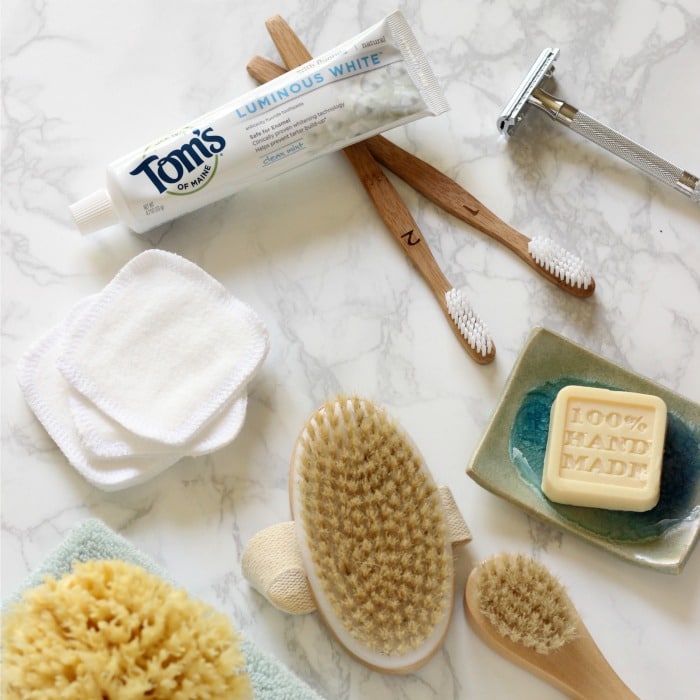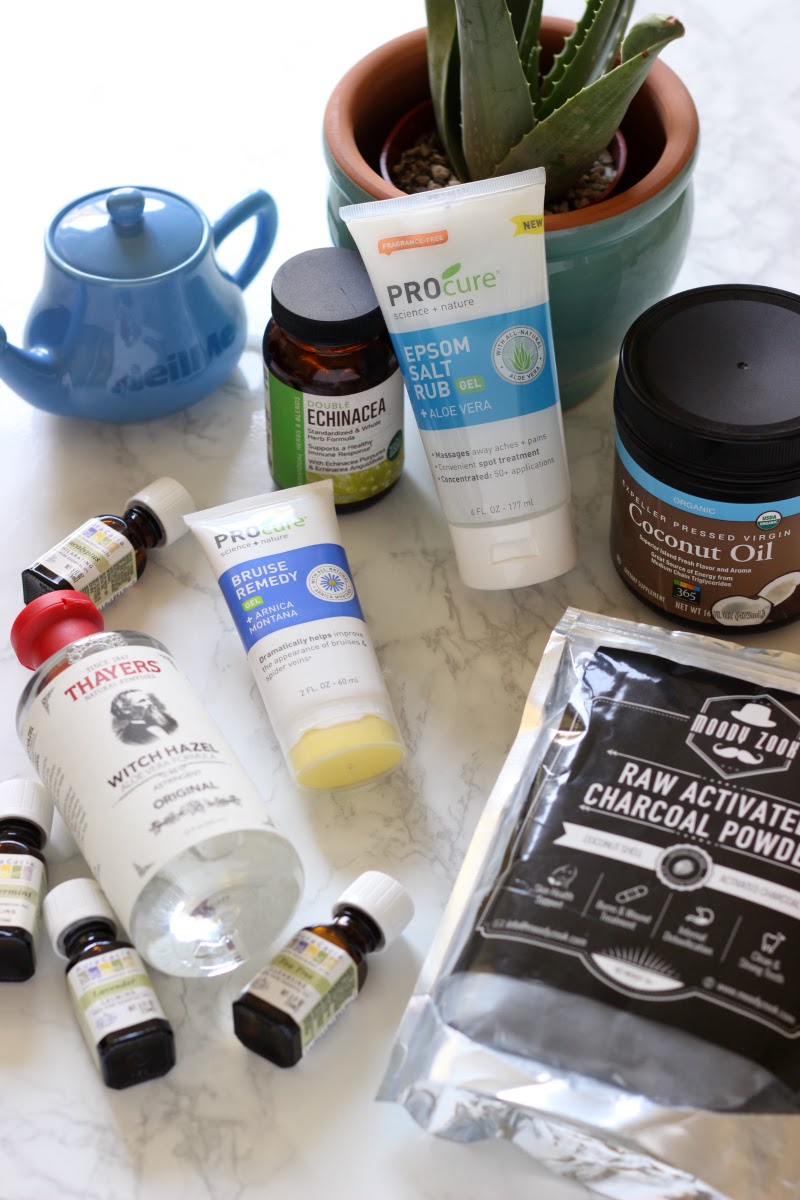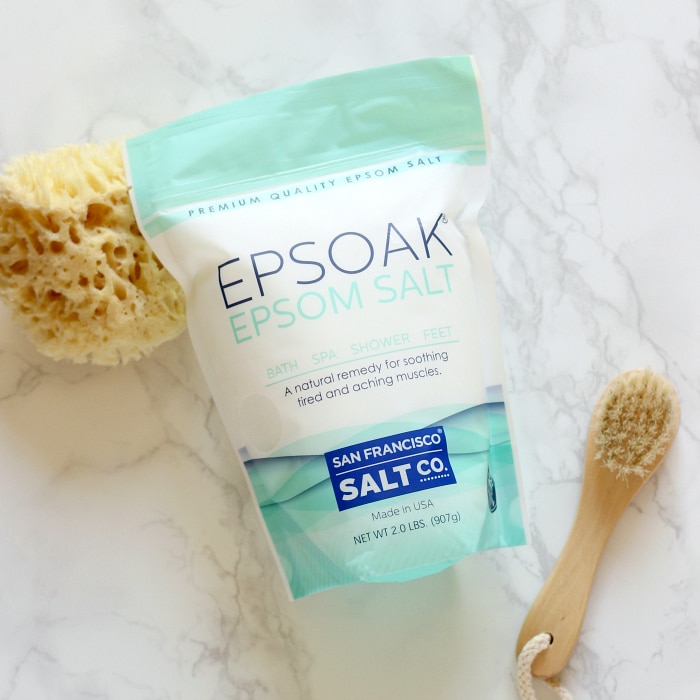As I approach my 39th birthday, social media algorithms have been pushing anti-aging skincare content into my feed at a truly alarming rate. If all the videos of people (mostly women) using red light devices, sleeping in sheet masks and mouth tape, and applying layer after layer of product to their faces are to be believed, I will soon turn into unlovable dust if I don’t spend at least half my income at Sephora.
So it was incredibly refreshing when this video from board-certified cosmetic dermatologist Dr. Shereene Idriss popped into my feed. In the clip, Dr. Idriss (@ShereeneIdriss) explained that the current trend of layering on tons of moisturizer isn’t the fountain of youth we’ve been led to believe.
@ShereeneIdriss / Via tiktok.com
I had kinda suspected as much, but it’s still nice to hear it from a medical professional, you know?
Dr. Idriss starts her video by talking about how social media can give you the impression that you have to moisturize, moisturize, moisturize. “However, our skin is not that, and reality is not that, and too much moisture is too much moisture. And there is such a thing as too much of a good thing, and moisture is not the essence of life. And if you know what movie that’s from, kudos to you.”
She goes on to share how too much moisture can cause harm, saying, “Moisture at excess can lead to a fungus among us, and that fungus is probably on your face. An overly moist skin barrier can lead to an inflamed skin barrier, which is a breakdown in your skin barrier, and that is the perfect breeding ground for yeast, Candida, other fungi, even bacterial infections, acne breakouts, if you’re prone to rosacea, rosacea flare-ups and a slew of other things.”
@ShereeneIdriss / Via tiktok.com
According to Dr. Idriss, rather than constantly drenching your skin, good skin care is all about finding the right balance that works for your skin type and your environment.
In the comments, people shared how too much moisture affected their skin for the worse:
It’s an important reminder that although we tend to talk about skincare as a purely aesthetic concern, our skin is the largest organ in our body. Proper skincare is part of good health, and overdoing it on moisture can compromise our skin’s ability to do its most important job: serve as a barrier between our delicate insides and the outside world. As Dr. Idriss told BuzzFeed, “Over-moisturized or over-hydrated skin can actually lead to a breakdown in your skin barrier.”
Vectormine / Getty Images
“In recent years, post-pandemic, people were over-exfoliating their skin. Now, the pendulum has swung in the opposite direction; we’re seeing people layering on tons of hydrating products in order to achieve ‘glass skin,’ but not everyone is created equal. When it comes to moisturizing your skin, you have to consider your skin type AND environment because dry skin in Utah is not the same as dry skin in Florida.”
So, how can you tell if you’re overdoing it on the moisturizer? Dr. Idriss told BuzzFeed, “Overly moisturized skin can lead to macerated skin. Macerated skin appears soft, soggy, and often white or gray due to prolonged exposure to moisture. The surface can look wrinkled or pruned, with a swollen, puffy appearance. The skin may feel delicate or fragile, and it might easily break or tear.” If you’ve ever had athlete’s foot, it’s one of the more common fungal infections found in the skin.
Wirestock / Getty Images
Dr. Idriss went on to share that, “In severe cases, macerated skin can have a mushy texture, and small lesions or cracks may develop, increasing the risk of infection. It’s commonly seen in areas where the skin is kept wet, like under dressings, bandages, or in moist environments. A moist environment is the perfect breeding ground for fungus and you can develop a fungus on your skin.”
By contrast, she says you’ll know if you’re moisturizing enough by paying attention to how your skin feels — and knowing that the kind of care your skin needs may vary depending on your environment. “Listen to your skin! When your skin is moisturized just enough, it will be in a healthy, happy state. As mentioned before, you have to consider your skin type and environment. If you have dry skin and you live in a dry climate, go ahead and layer on the hydration with a hydrating mist or essence, hydrating serum, and moisturizer. However, if you have dry skin in a humid environment, stick with a hydrating mist or essence and moisturizer. Adapt your routine to your climate!”
Hiraman / Getty Images
From personal experience moving from a desert-like climate to a very humid one, this definitely checks out. I would’ve told you I had dry skin before I moved, whereas now it leans more toward “normal.”
Finally, she shared some tried and true moisturizing ingredients that she recommends to clients. “Glycerin is a superstar humectant due to its ability to attract and retain moisture from the surrounding environment, binding it to the skin. Squalane is an excellent emollient that smooths and softens the skin without feeling greasy or heavy.”
Fiordaliso / Getty Images
“Ceramides are another excellent hydrating ingredient because they play a crucial role in maintaining the skin’s natural barrier and moisture balance. They are a type of lipid naturally found in the outer layer of the skin (stratum corneum) that help form the skin’s protective barrier, preventing moisture loss and protecting against environmental damage.”




